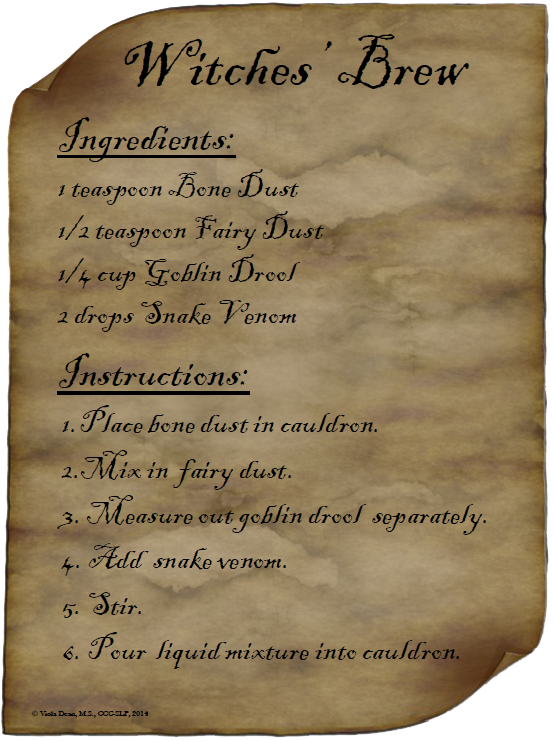December 8th: Peppermint decided to eat a little snack.
December 9th: Peppermint hid 6 candy canes around the speech room and challenged students to find them all. This was a fun hide and seek game that the kids really enjoyed.
December 10th: Peppermint got into the Lego box and decided to create his own Christmas tree.
December 11th: Who knows what Peppermint did? I was out sick that day.
December 12th: Peppermint got into the marshmallow bag.
December 15th: Peppermint decided to take a little nap.
December 16th: Peppermint used marshmallows to make a snow / marshmallow angel.
December 17th: Peppermint made a paper chain and posted a sign next to it that read: "Count the links in the chain to find out how many days are left until Santa comes."
 December 18th: Peppermint shared his generous holiday spirit by offering a lollipop to all my students.
December 18th: Peppermint shared his generous holiday spirit by offering a lollipop to all my students.December 19th: Peppermint pranked my students by putting Santa hats on the characters of our feelings posters.
I don't know whether Peppermint will return next year... it was a lot of work keeping up with him! But we will see, the kids definitely enjoyed his visit...
~Viola










































